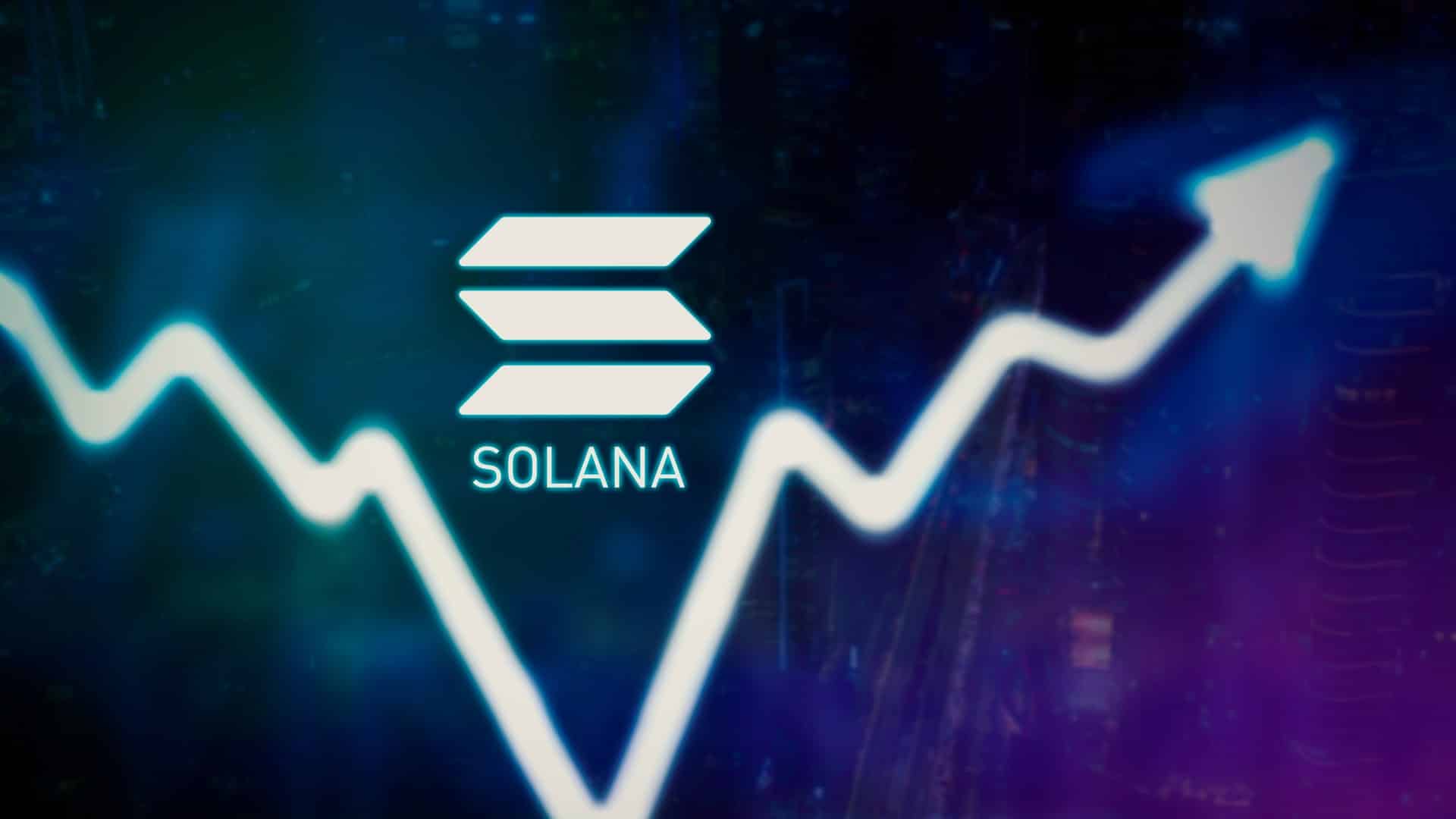Table of Contents
From this Monday (01/07) the long-awaited regulation of markets in the field of crypto-assets (Markets in Crypto-Assets Regulation or just MiCA) vstupuje v platnost. In short, the legislation brings major changes to the scenario of stablecoins and other digital assets in the European Union (EU).
MiCA represents one of the most comprehensive regulatory frameworks for cryptoassets worldwide. First, the aim is to provide legal certainty. Additionally, to protect investors and encourage innovation in the rapidly evolving digital financial space.
Uphold and several other exchanges recently decided to comply with the regulations by delisting DAI, FRAX, GUSD, USDP, TUSD and USDT .
In short, Europe is embarking on an experiment to bring digital assets and crypto market participants into the regulatory perimeter for the first time. Jason Allegrante, Chief Legal Officer and Chief Compliance Officer at Fireblocks, explains.
MiCA limits the number of transactions
“One area where regulations are currently poor is stablecoins,” Allegrante points out. “Establishing standards for issuers and reserves is a good idea, as is closing the market for issuers or instruments that do not meet minimum standards.”
However, Allegrante explains that MiCA also imposes limits on the number of stablecoin transactions that can occur in a given period.
“This will prove to be a major barrier to adoption and a disadvantage for EU-based stablecoins if there is no fix in the next iteration of the rules,” Allegrante said.
What you need to know about the new MiCA stablecoin rules
First, MiCA defines stablecoins as asset-referenced tokens (ARTs) and electronic money tokens (e-money tokens). ARTs are tied to a basket of assets such as currencies or commodities. While electronic money tokens are tied to a single fiat currency.
The regulation therefore sets out guidelines for the issuance, operation and supervision of these tokens. In other words, it ensures that it maintains a stable value and investor confidence.
The rules will apply to stablecoins and e-money tokens ARTs on July 1. For other tokens and service providers on December 30.
Authorization and supervision
According to MiCA, stablecoin issuers must obtain authorization from the relevant national authority in the EU.
This authorization process involves strict requirements. This includes demonstrating adequate capital buffers, maintaining transparent governance structures and adhering to robust risk management procedures.
Issuers must also publish a detailed white paper describing the token’s features, rights and the value of the underlying asset.
Operational requirements
Stablecoin issuers must also maintain a high level of transparency and accountability. MiCA requires regular audits and reporting of stablecoin-backed reserve assets.
These reserve assets must be held in liquid, low-risk investments that ensure the stability and repayment of the token. Issuers are also required to implement robust cyber security measures to protect users’ funds and data.
Customer protection
One of the main objectives of MiCA is, of course, consumer protection. The regulation has strict disclosure requirements to ensure that investors are well informed about the nature of the stablecoin and the risks involved.
Issuers must establish a system for handling complaints and resolving disputes. This framework aims to increase investor confidence and create a safer environment for digital asset transactions.
Market integrity
MiCA contains rules to prevent market abuse and ensure fair business practices. In addition, it requires stablecoin issuers to monitor and report suspicious activity and promote transparency and integrity in the market.
The regulation also addresses concerns about market manipulation and insider trading. Therefore, it connects the crypto market more with traditional financial markets.
Impact on innovation
In short, MiCA introduces strict regulatory standards and also aims to foster innovation in the EU’s digital financial ecosystem. By providing a legal framework, regulation supports the responsible development and deployment of stablecoin technologies.
- Bitcoin Whales Cash In Millions Amid Recent Rally - November 20, 2024
- Hidden Pattern on XRP Charts Suggests a 500% Surge – Is It Finally Moon O’Clock? - November 20, 2024
- $PNUT Up 325% In 7 Days, Heading To New Record – Will This New Altcoin Be The Next Hot Deal? - November 19, 2024






















